Women And An Infant Boy In A Public Bath House
Technique: Giclée quality print
Recommended by our customers
More about this artwork
This painting by Utagawa Toyokuni, titled "Women and An Infant Boy in a Public Bath House," artfully depicts a scene within a traditional Japanese bathhouse. This multi-panel woodblock print, known as nishiki-e, features several women and an infant boy engaging in the typical activities one would find in such a setting.In the artwork, the women are portrayed in various elegant kimonos, each showcasing intricate patterns and colors that are characteristic of the Edo period's fashion. The settings inside the bathhouse are portrayed with similarly careful detail, depicting wooden flooring and traditional Japanese architecture. Throughout the different panels, Toyokuni showcases a typical day in a bathhouse, highlighting the communal and social aspects of bathhouse culture.The panels on the left show two women as they prepare, possibly having just arrived at the bathhouse, with one sitting and adjusting her clothing while another stands holding a small bucket, which might be used to carry water or belongings. These women exhibit a relaxed demeanor, oblivious to the viewer, immersed in their preparations.Moving towards the center, the scene includes a more intimate interaction where a woman is seated and engaged with an infant boy. Another woman kneels beside, possibly aiding. This interaction captures a nurturing and caretaking moment that adds a layer of warmth and domesticity to the scene.The panels on the right feature two women walking, likely moving deeper into the bathhouse or preparing to exit.
Delivery
Returns
Utagawa Toyokuni (1769-1825) was a prominent Japanese woodblock printmaker and painter of the Edo period. Born in Edo (now Tokyo), he was the chief disciple of Utagawa Toyoharu, a well-respected printmaker. He specialized in kabuki theater prints, which depicted famous actors in performances and featured dramatic scenes from plays. In addition to kabuki theater prints, Toyokuni also produced portraits of geishas, landscapes, and scenes from everyday life. He eventually became a leading master of the Utagawa School.

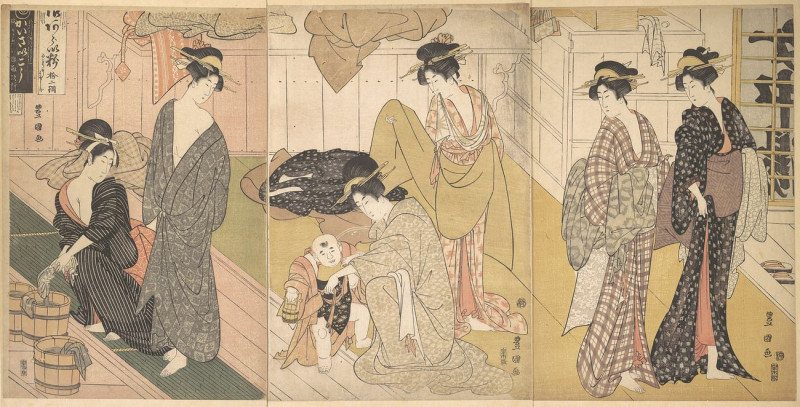
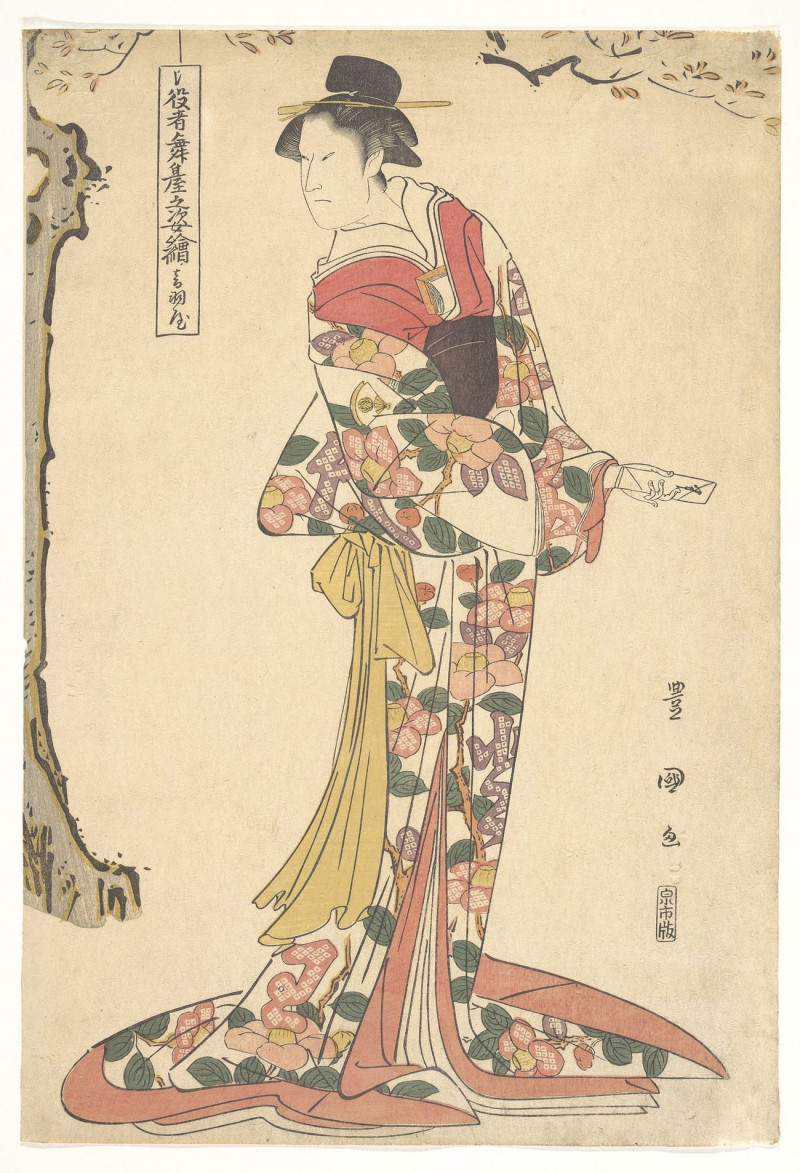
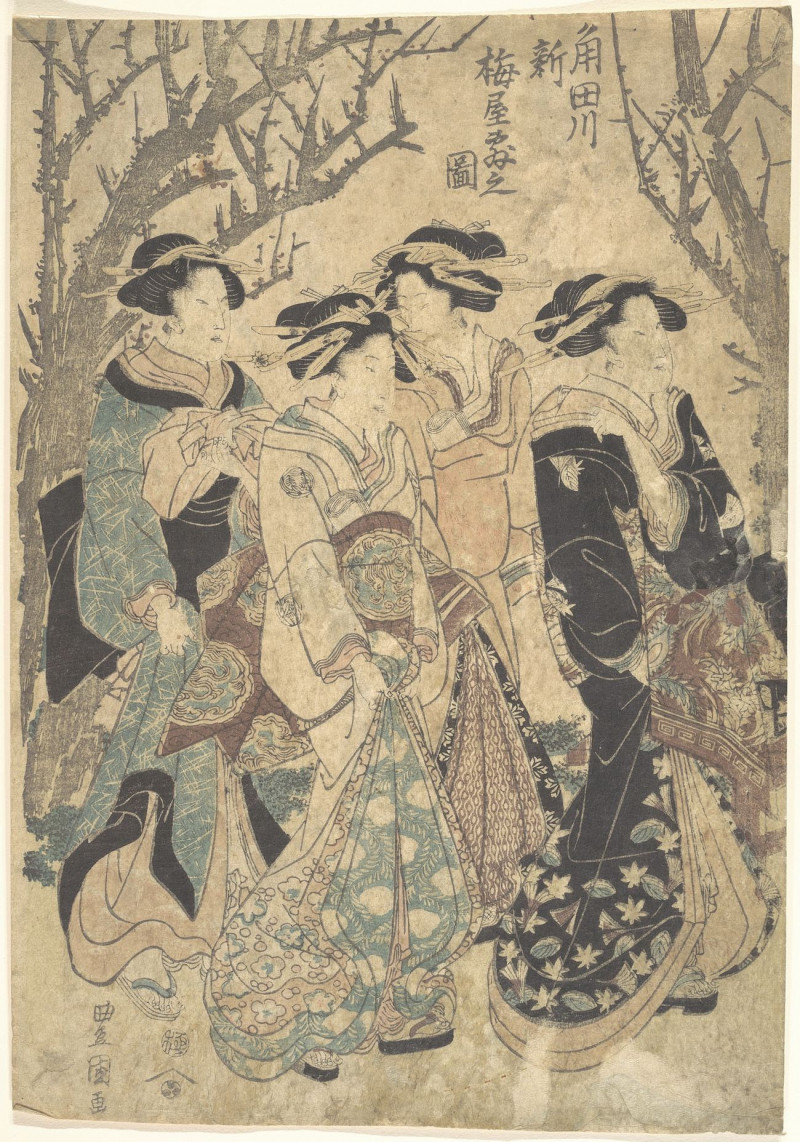


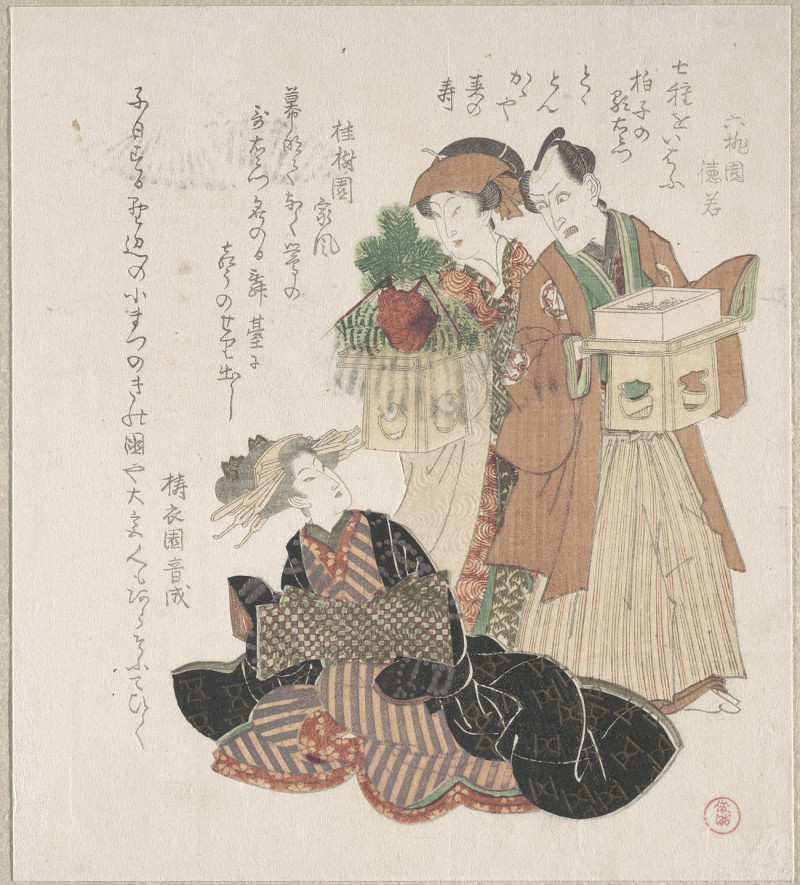
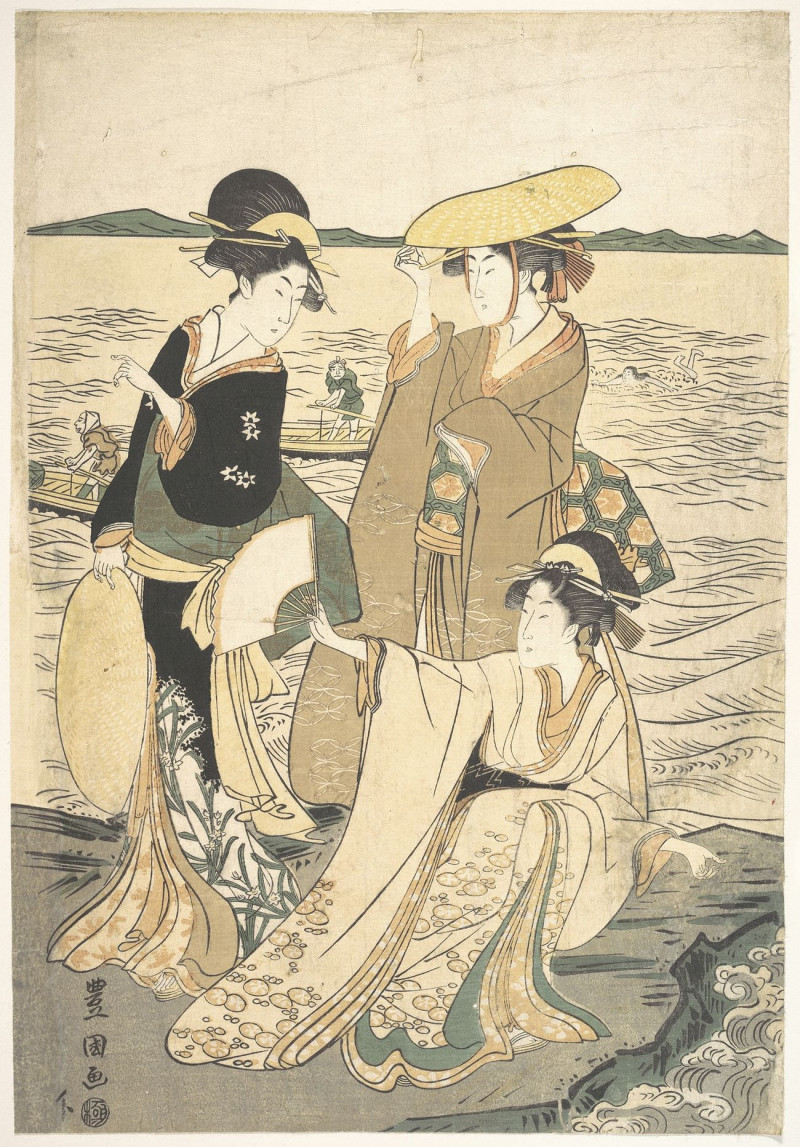
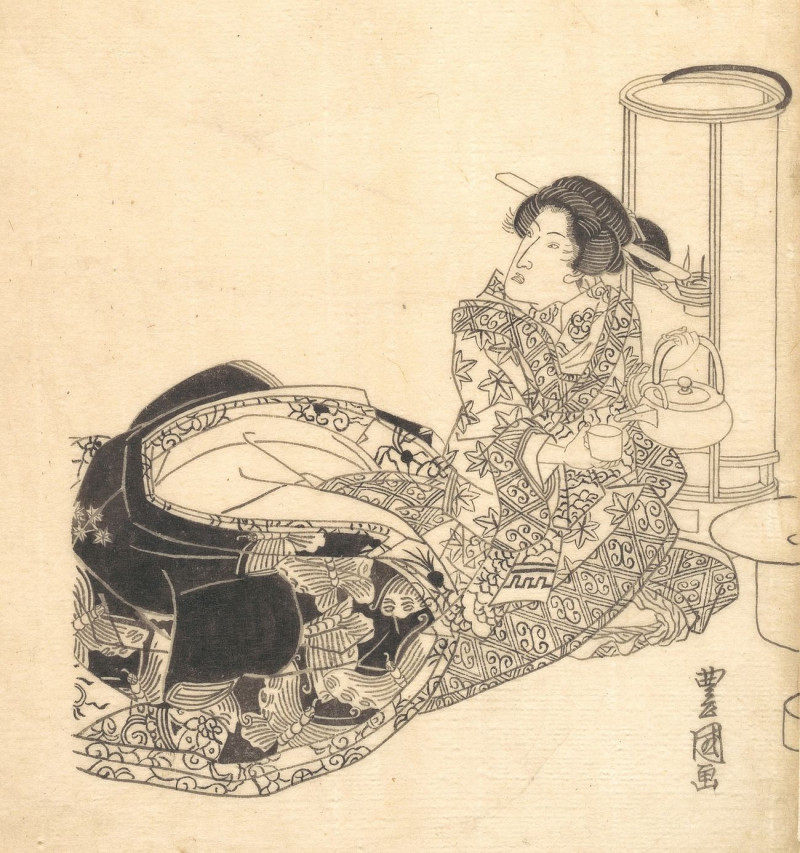

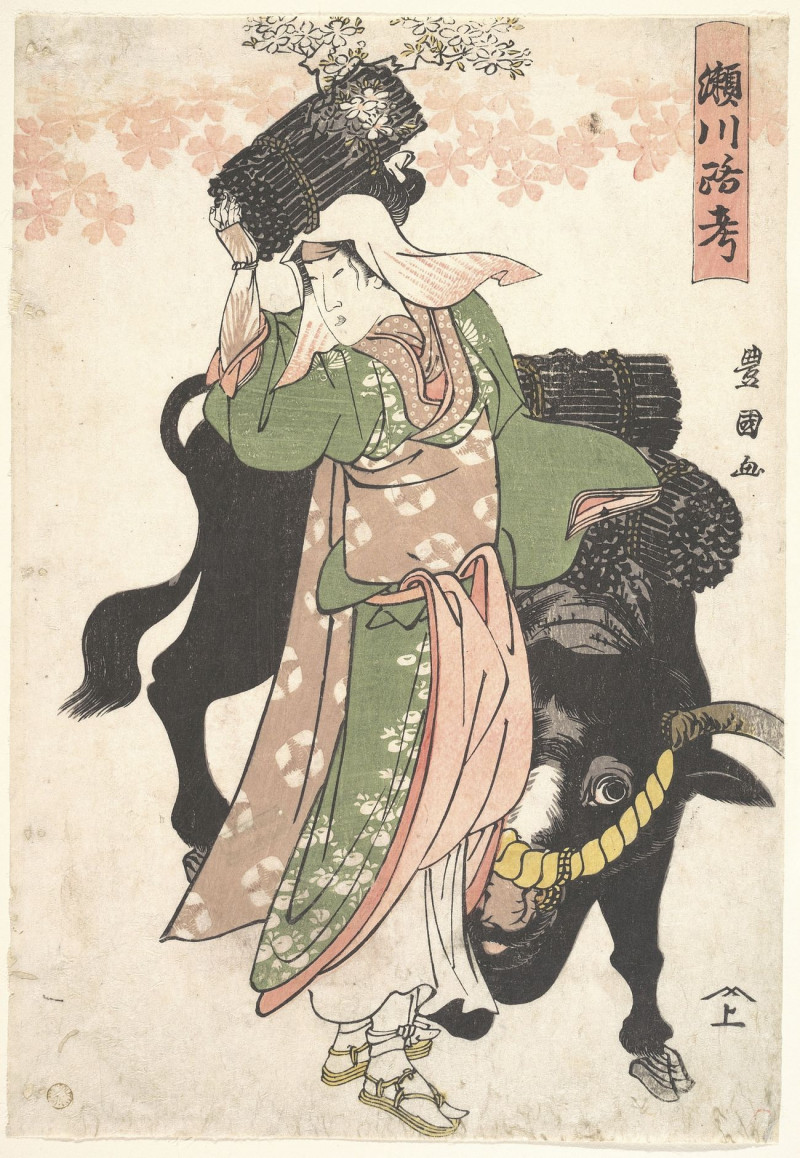
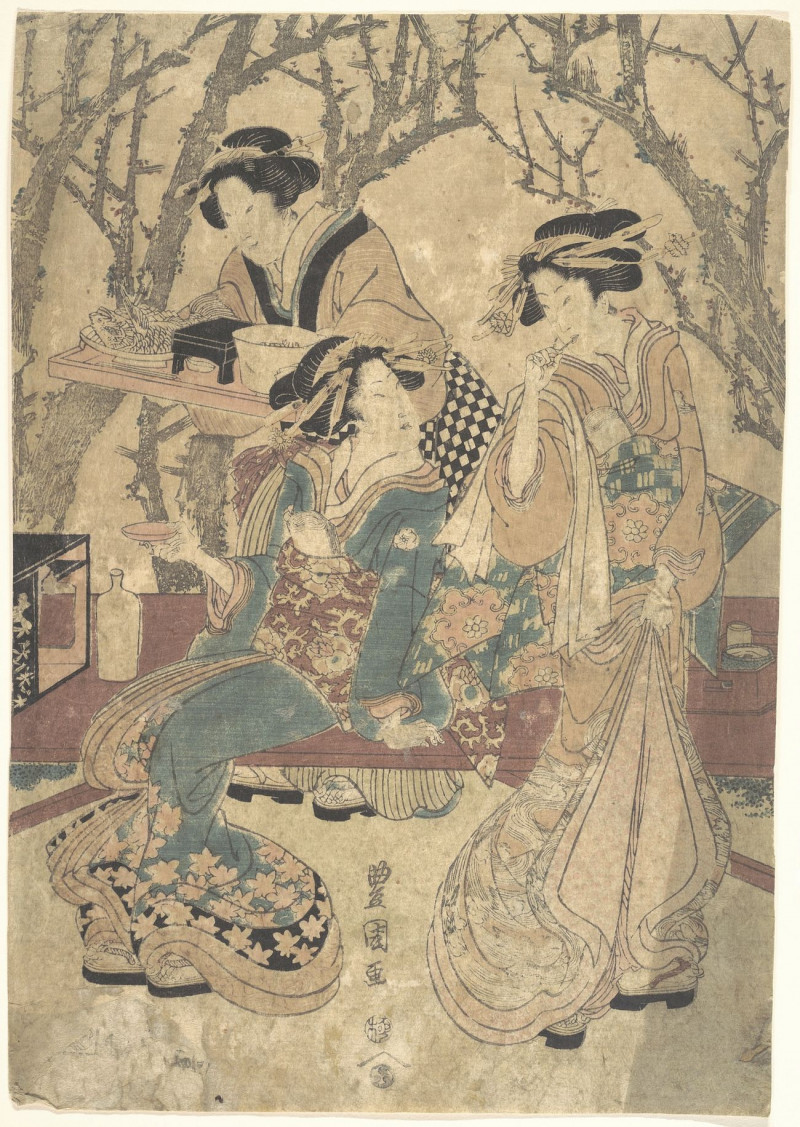
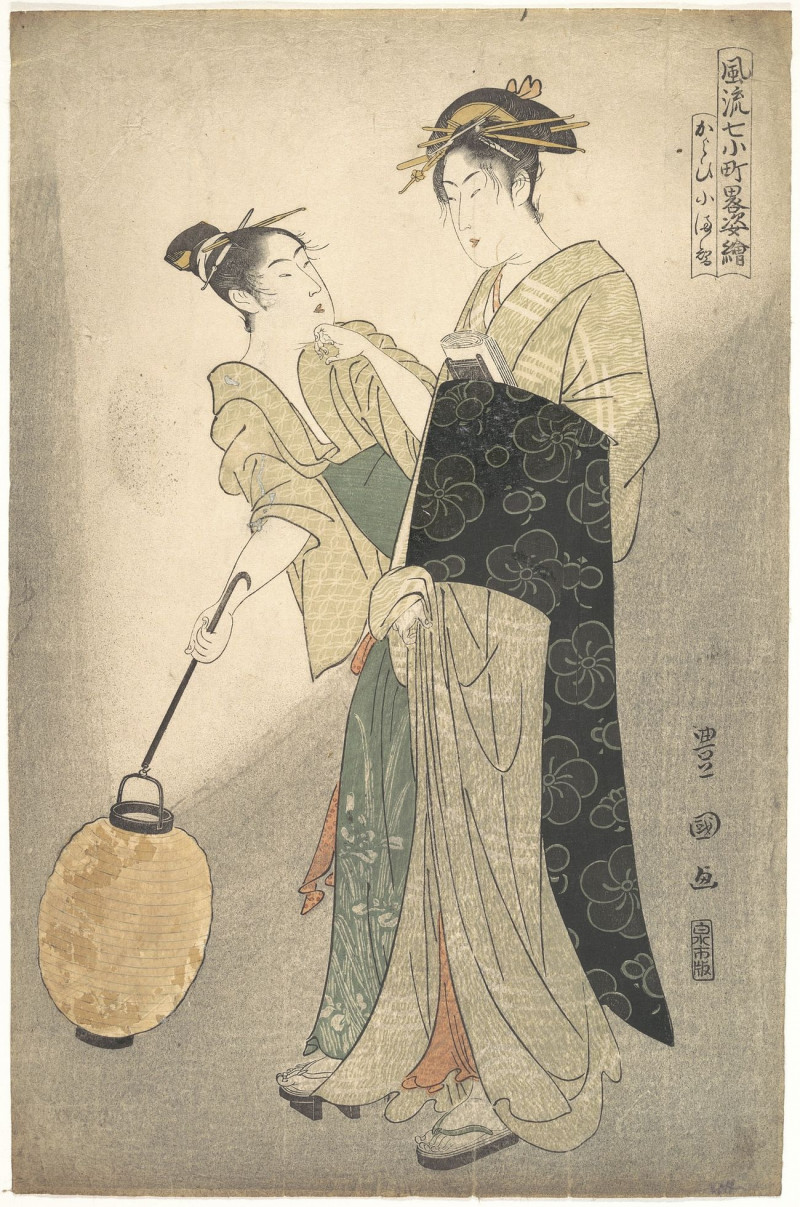

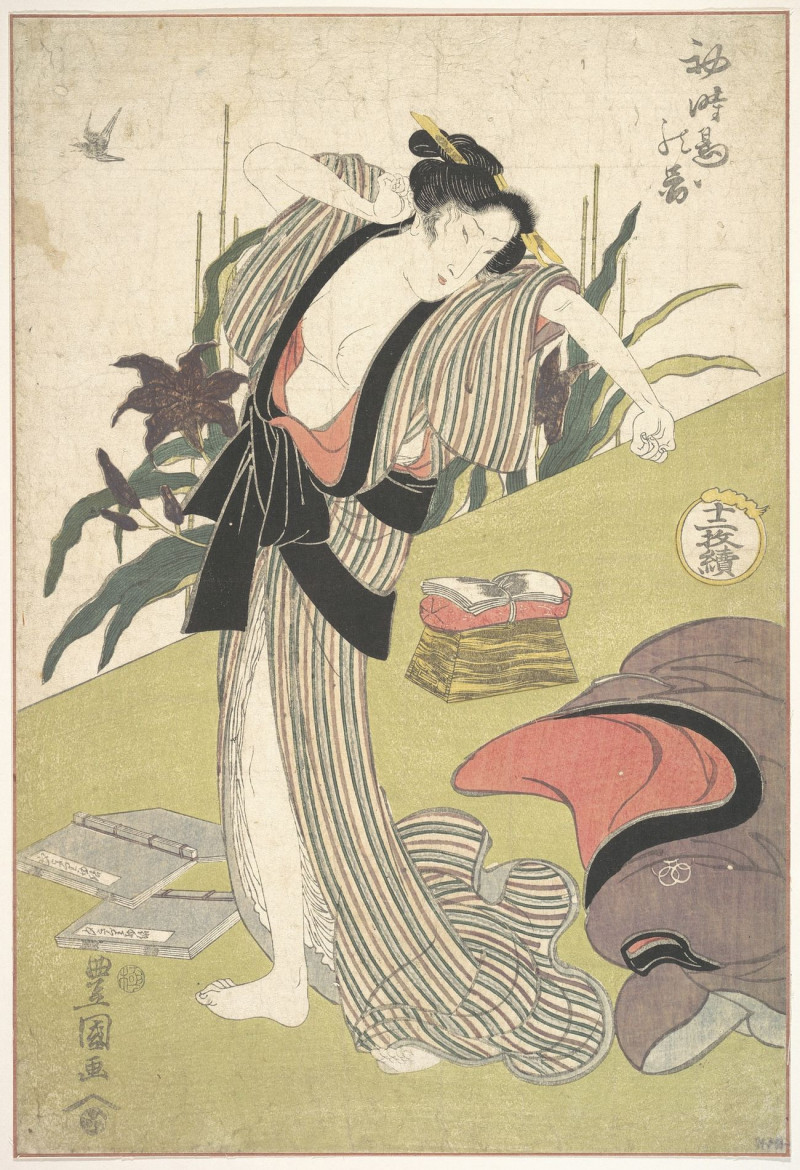

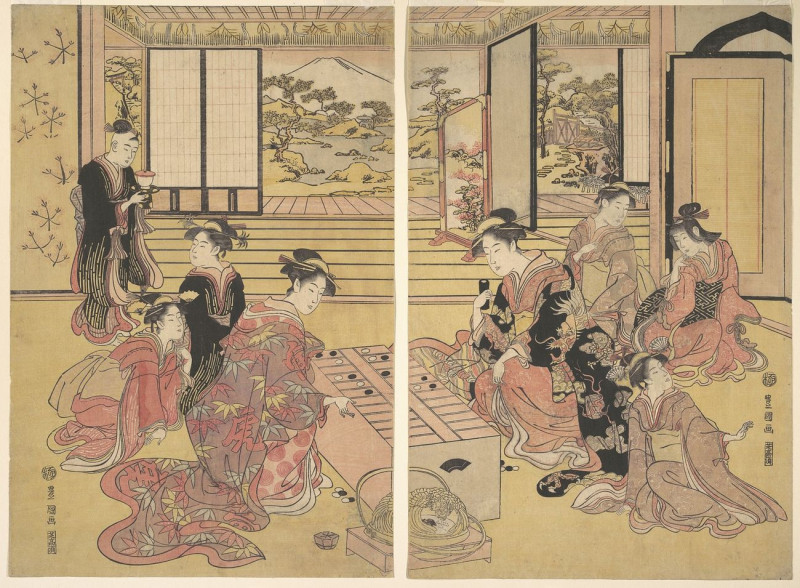

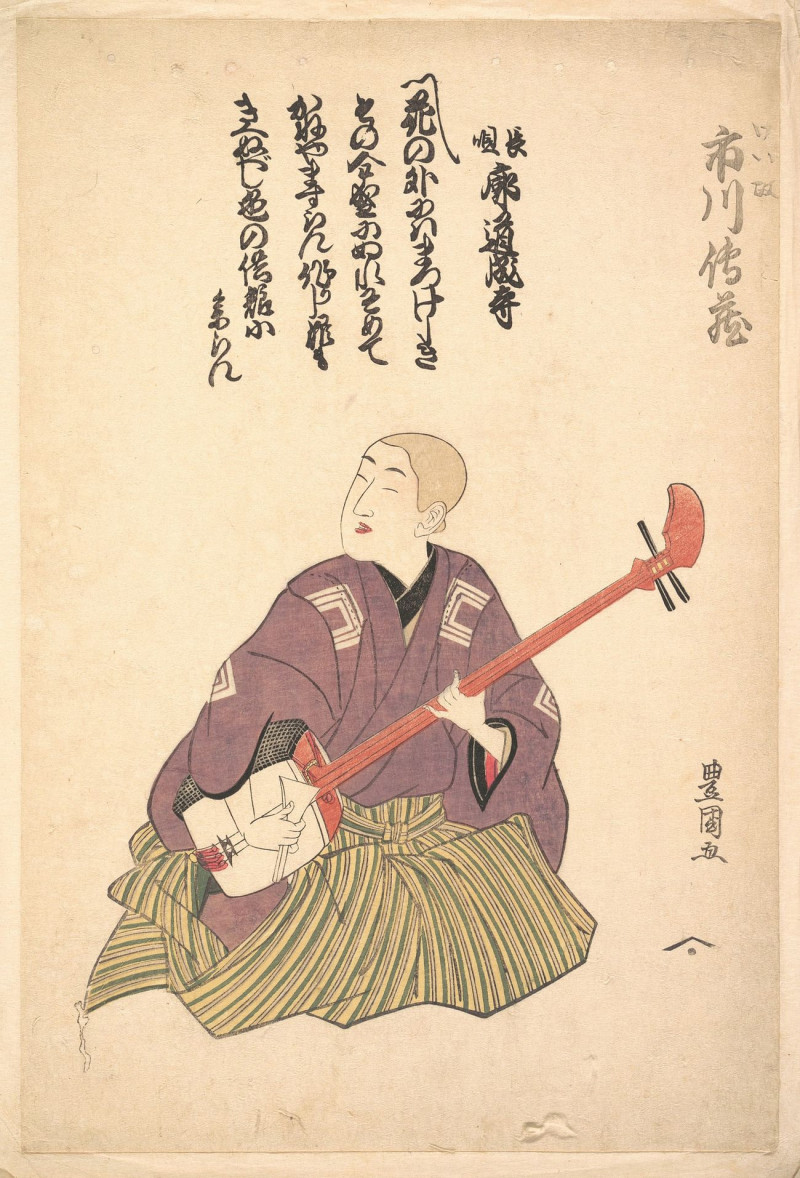

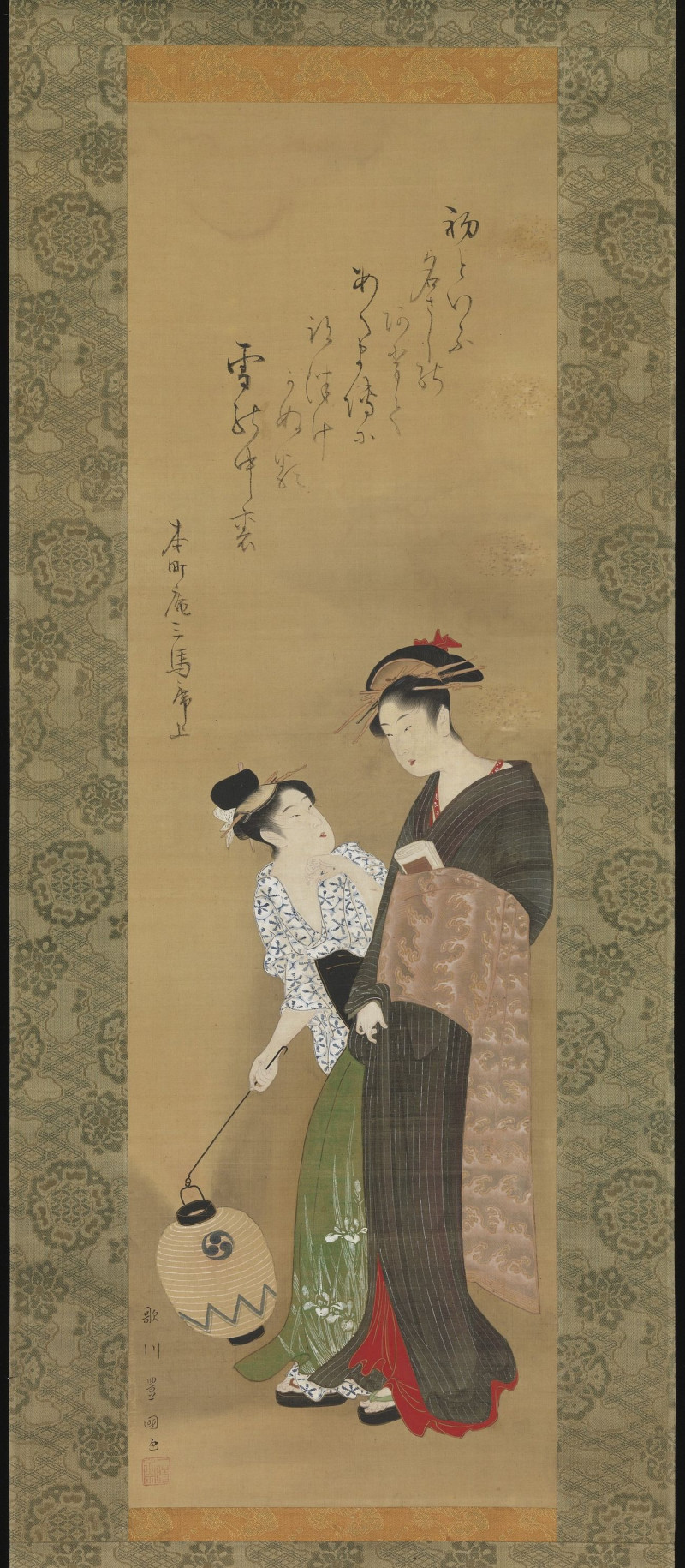
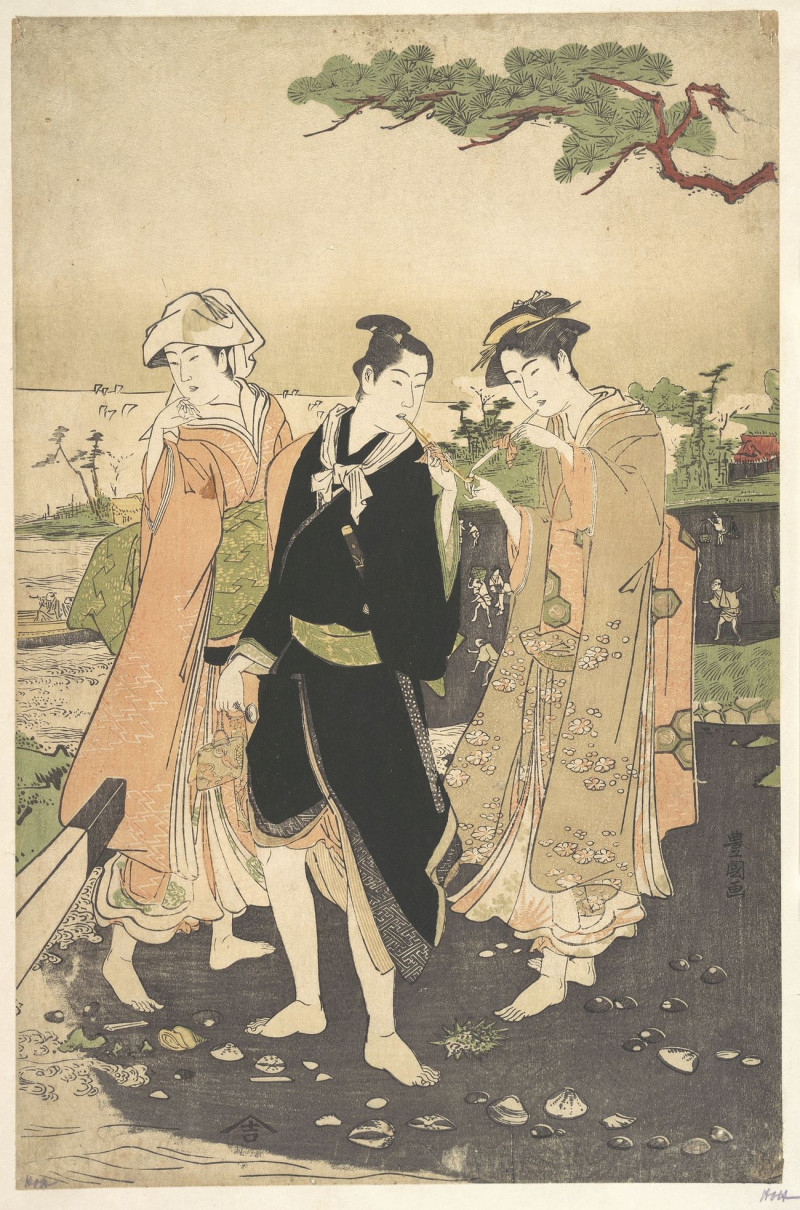

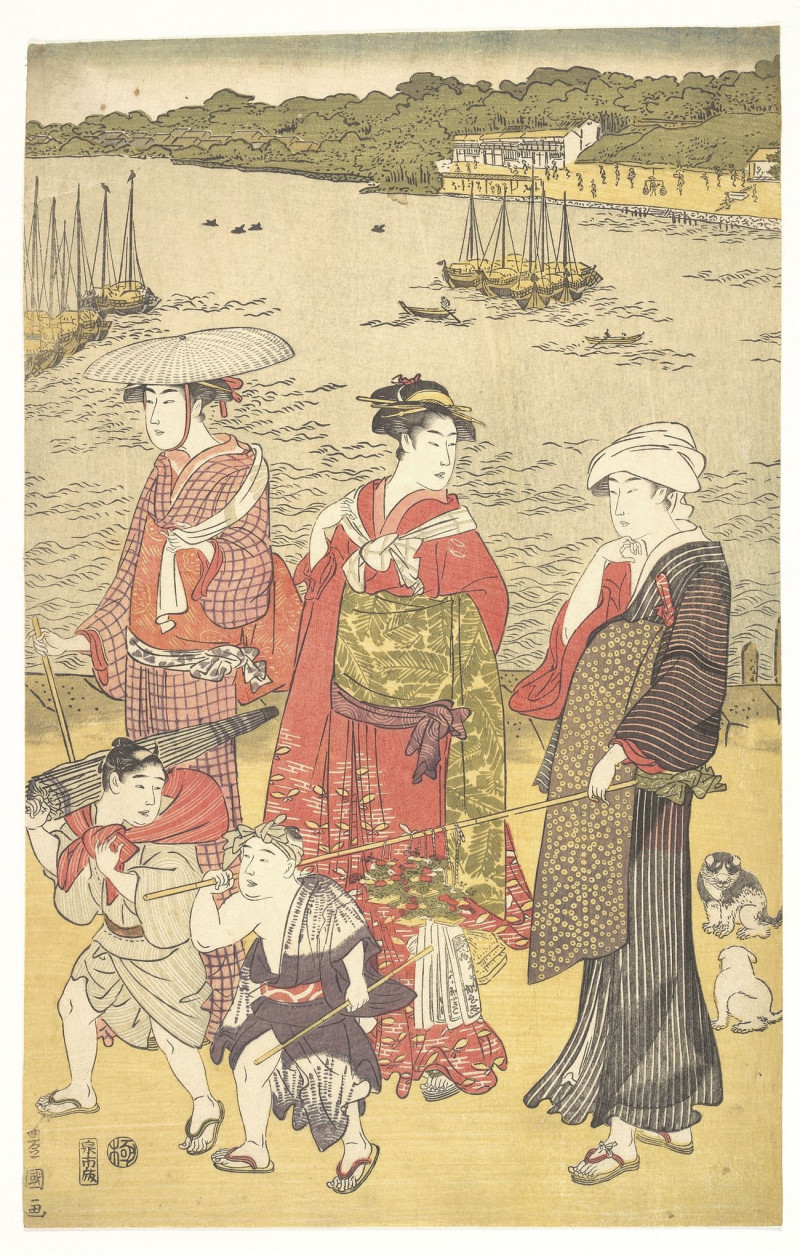
![Amusements Of Kabuki Actors Of The “Third Floor” [Dressing Room] reproduction of painting by Utagawa Toyokuni. ALL GICLEE PRINTS](https://reprodukcijos.lt/32918-large_default/reproduction-of-amusements-of-kabuki-actors-of-the-third-floor-dressing-room.jpg)
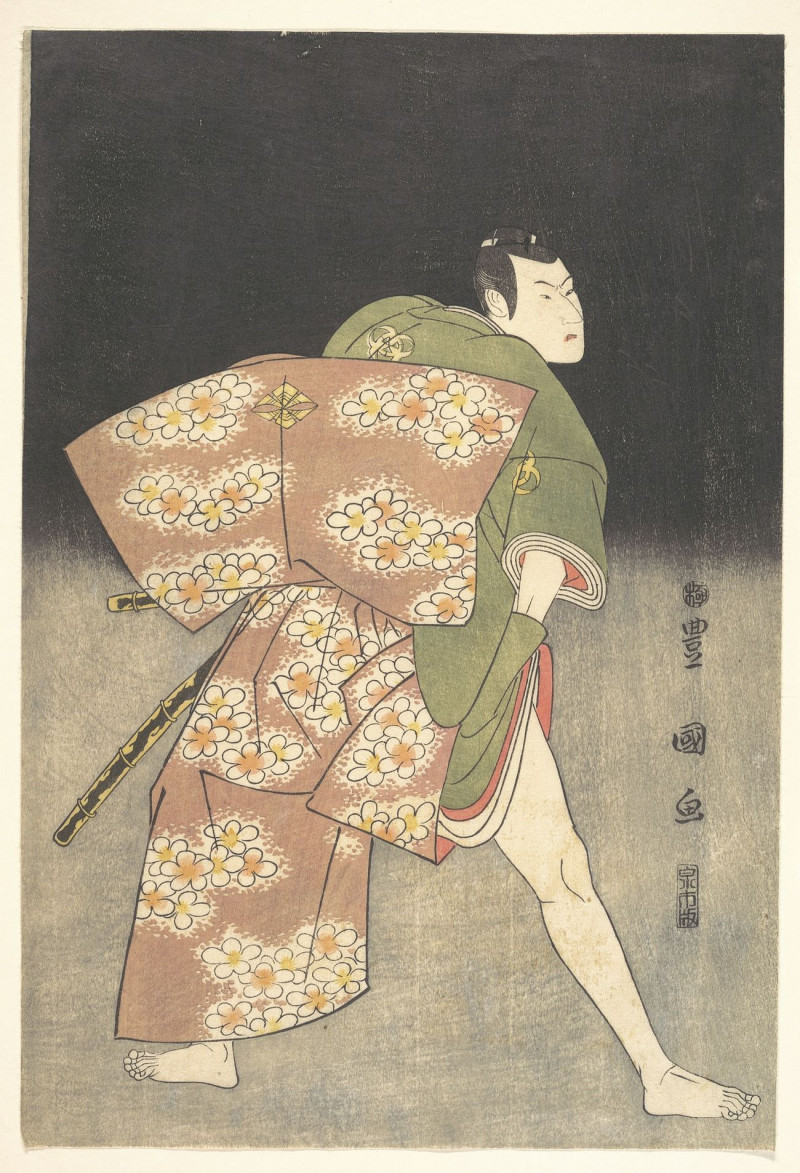

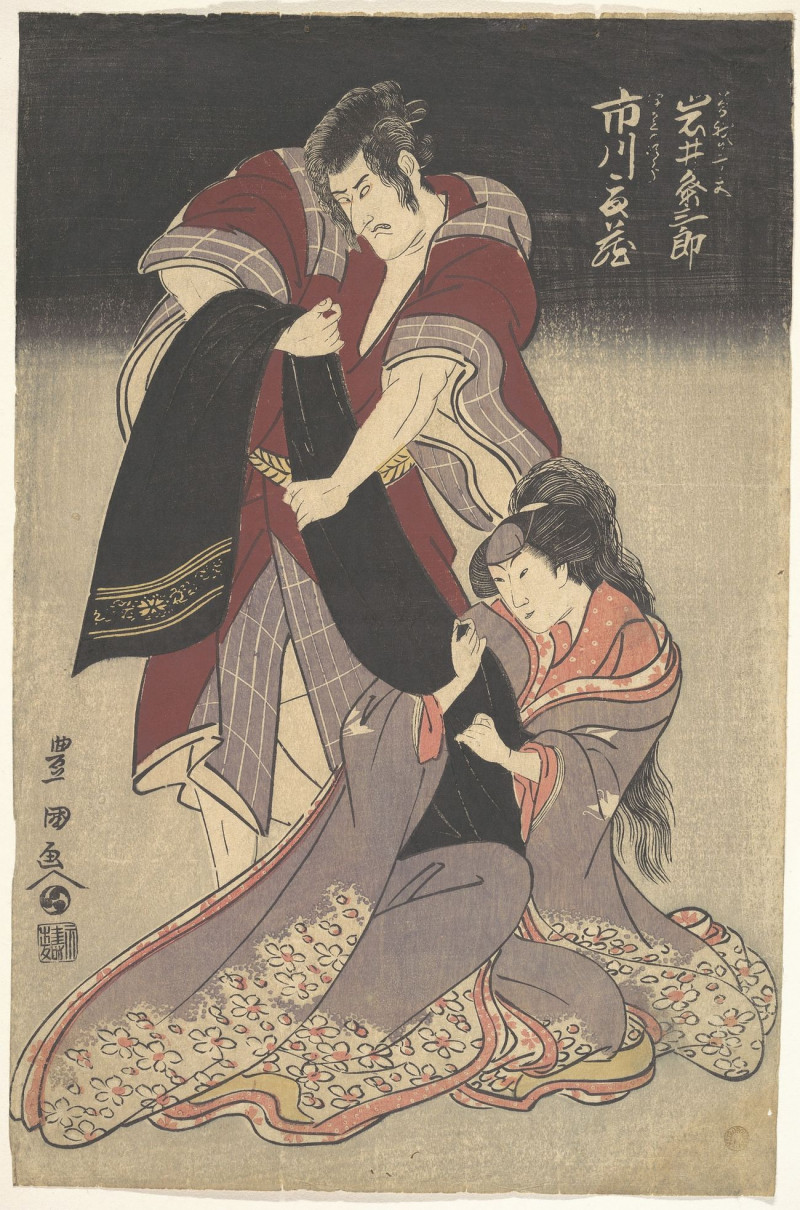
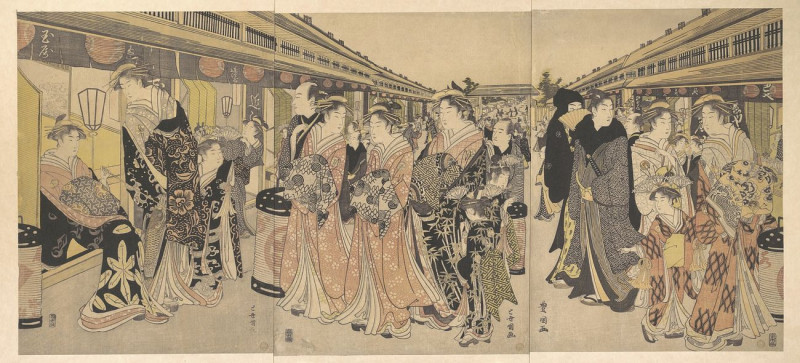
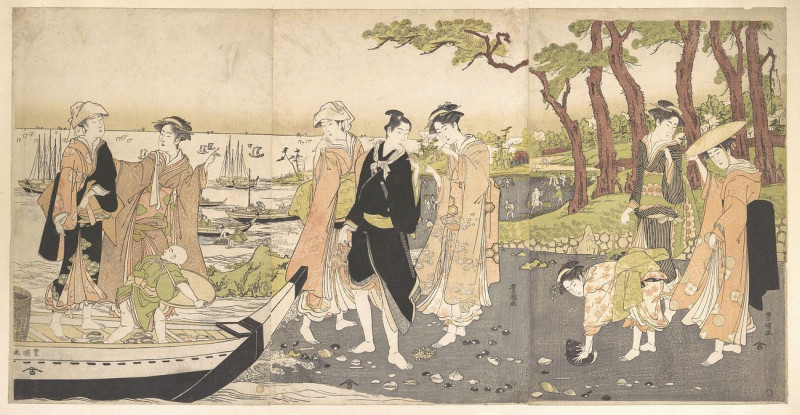
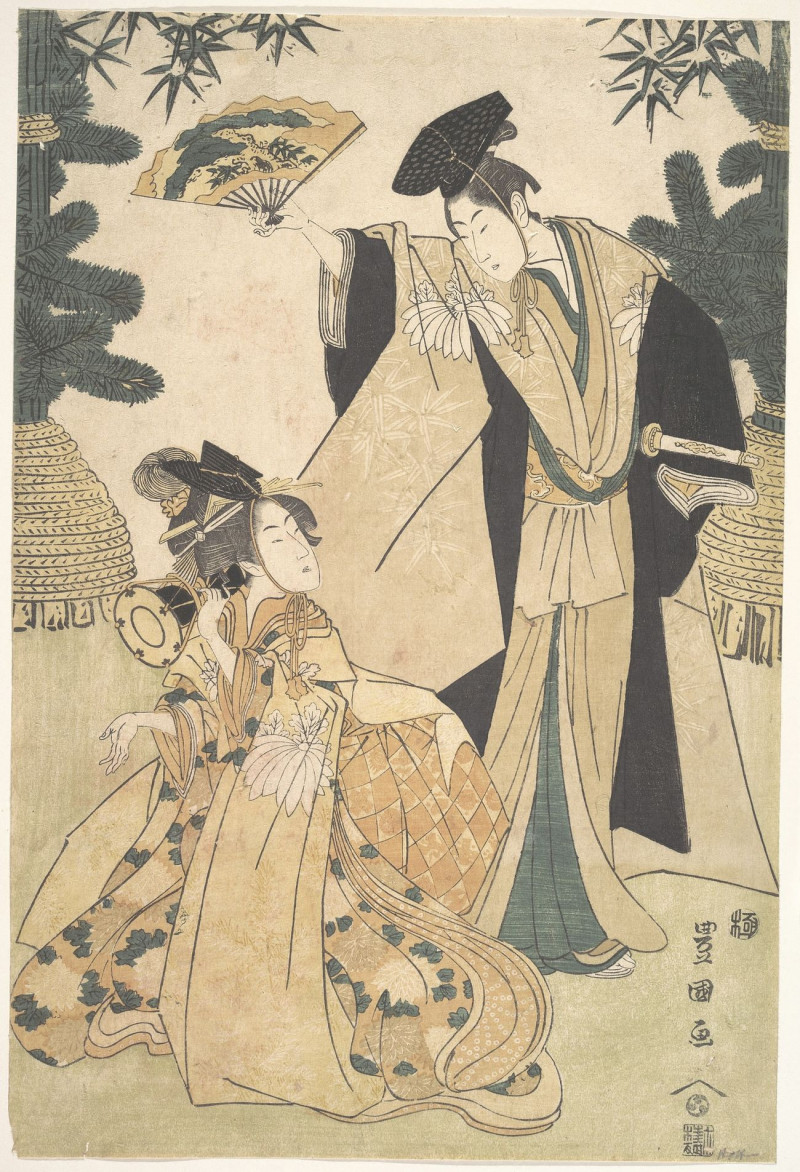
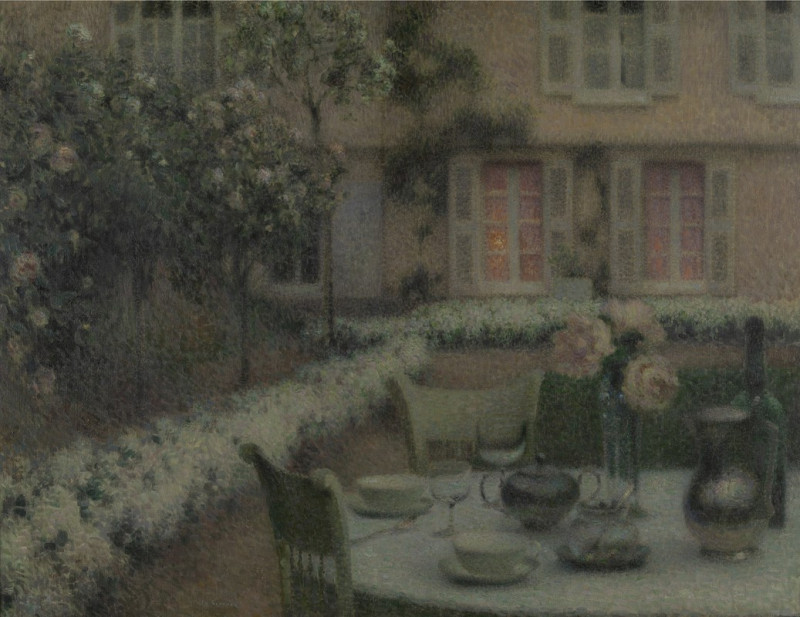
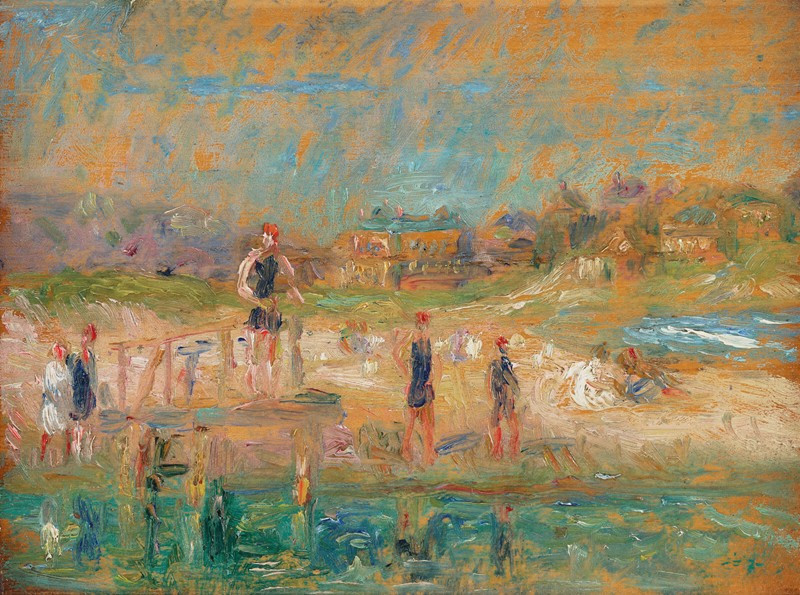



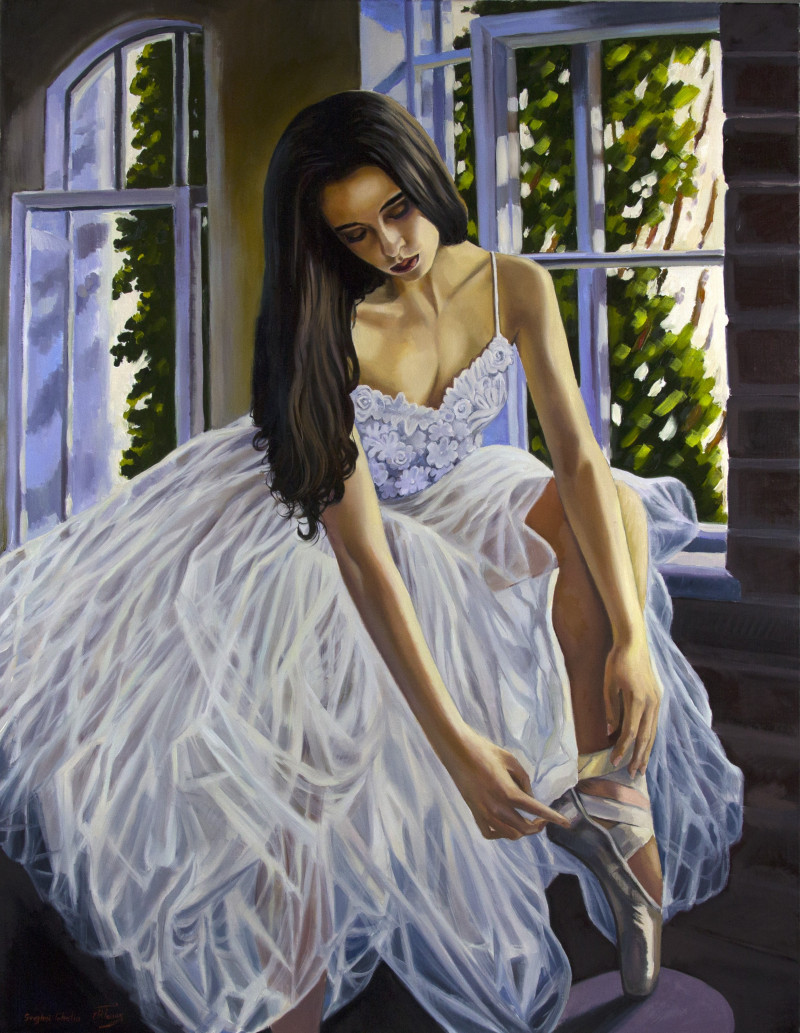
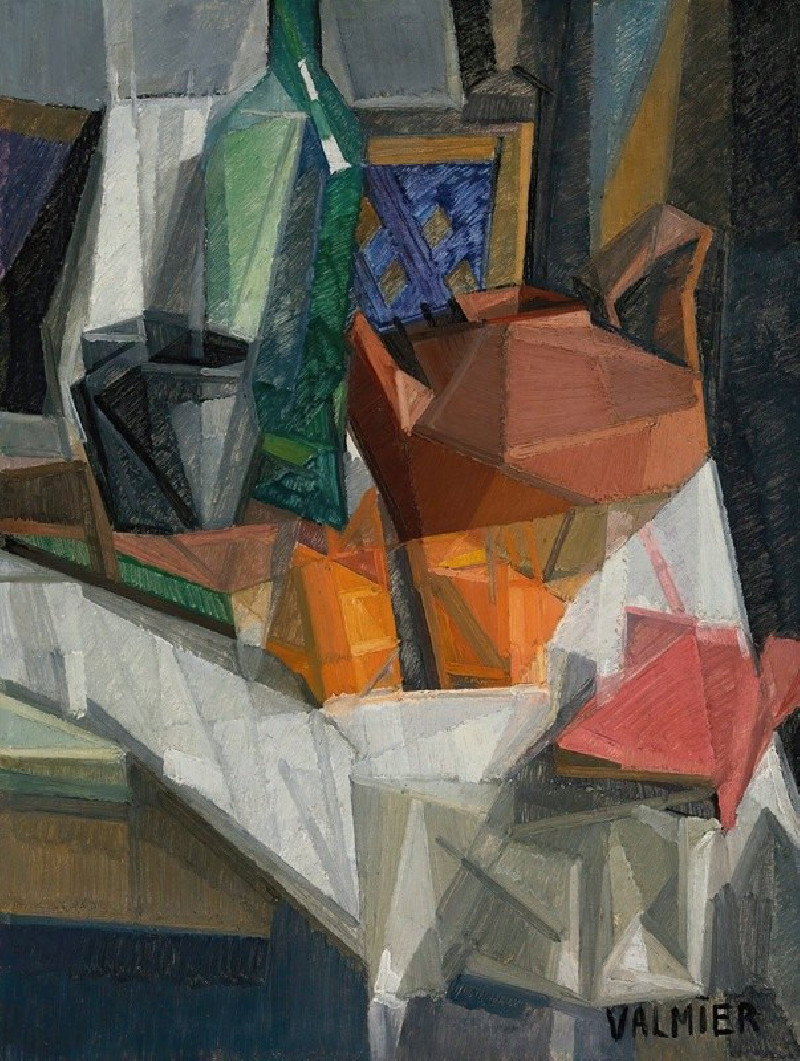
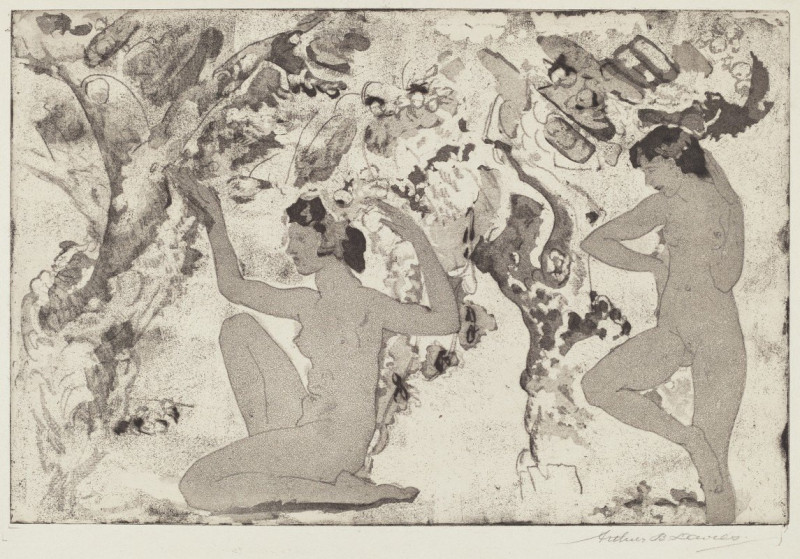
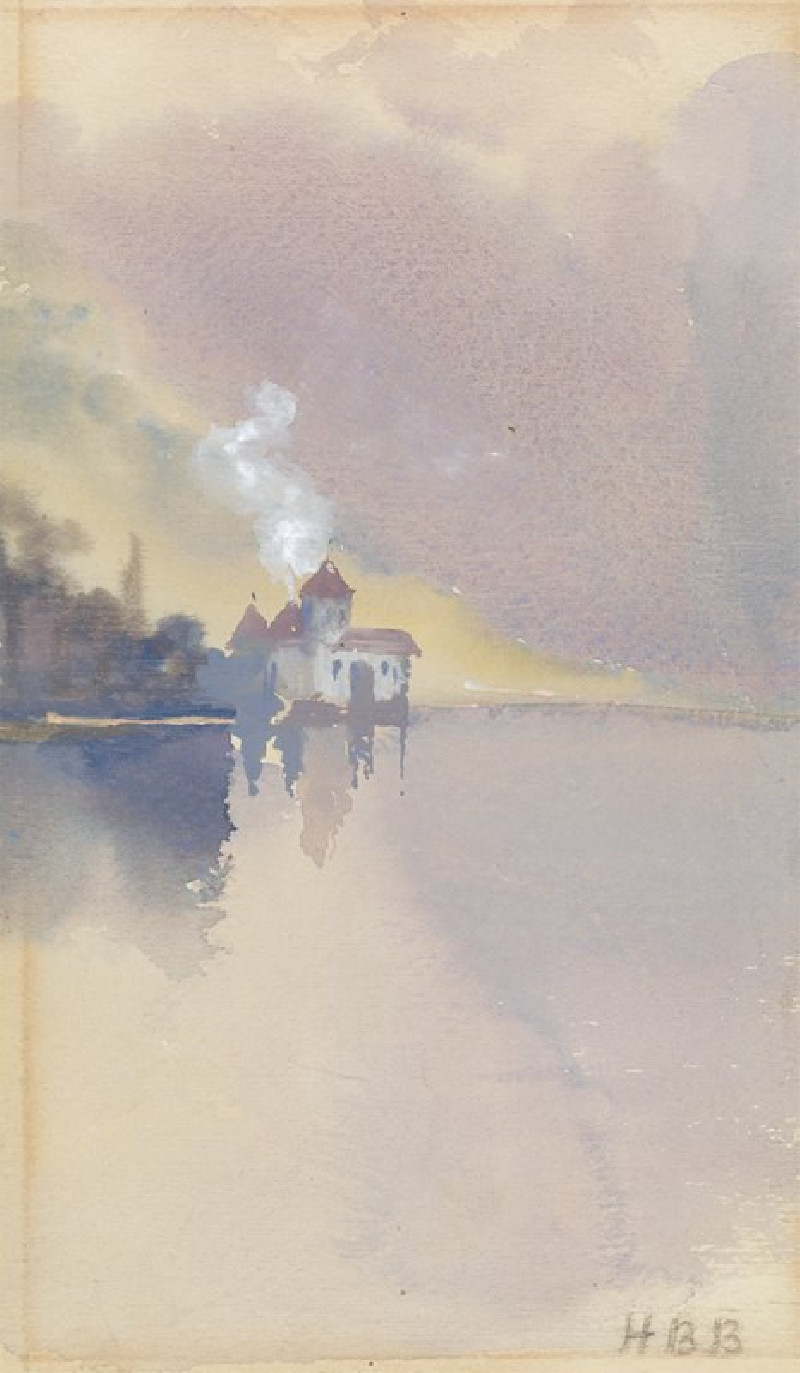
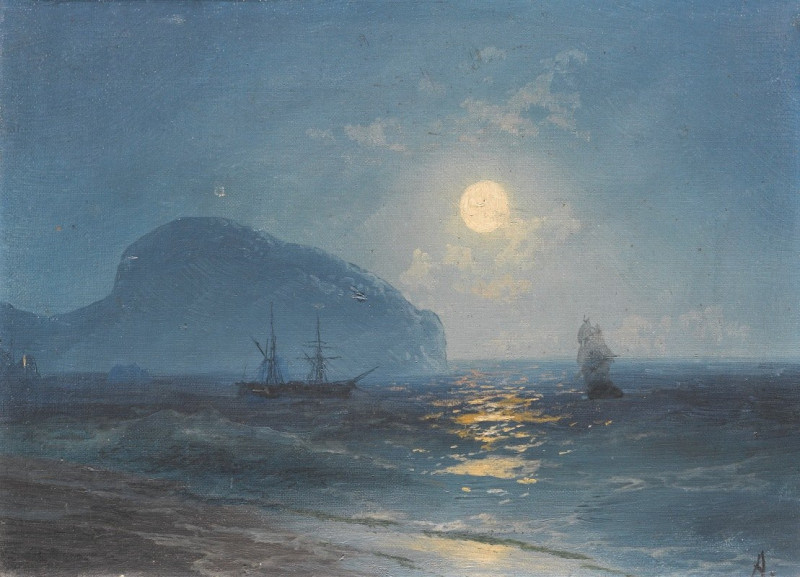

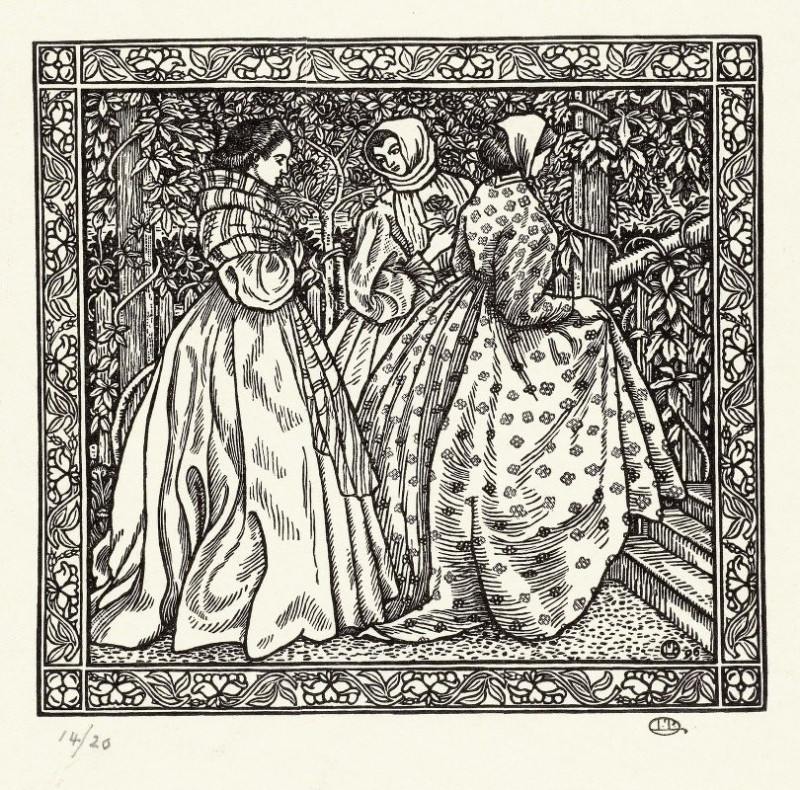
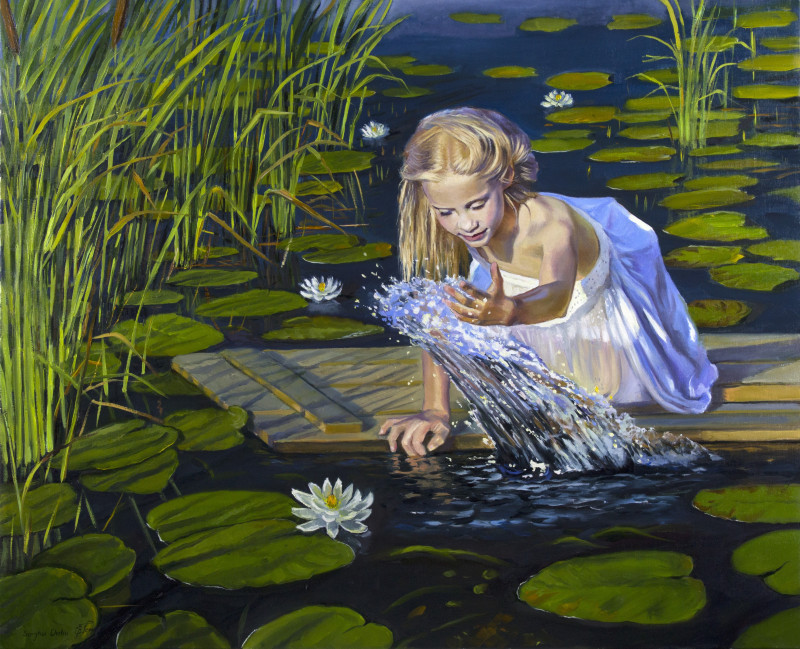
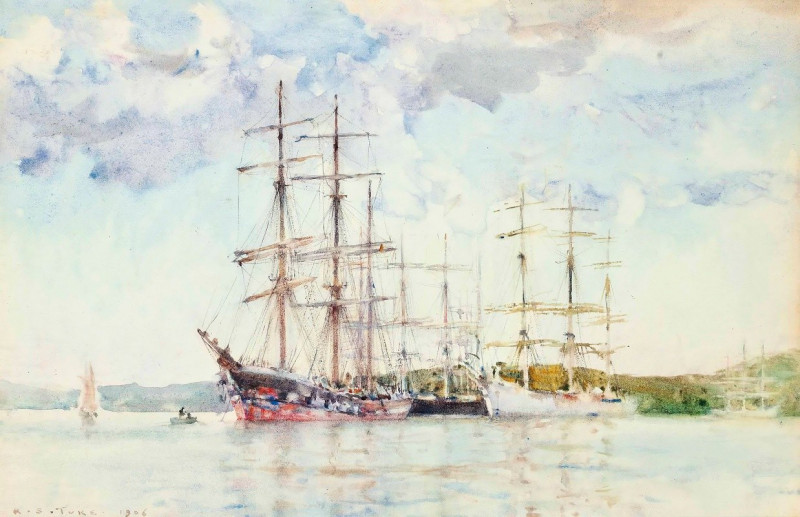

![Great gateway leading to the Temple of Karnac [Karnak], Thebes. [Title vignette, vol. 2] (1846-1849) reproduction of painting...](https://reprodukcijos.lt/39116-large_default/reproduction-of-great-gateway-leading-to-the-temple-of-karnac-karnak-thebes-title-vignette-vol-2-1846-1849.jpg)